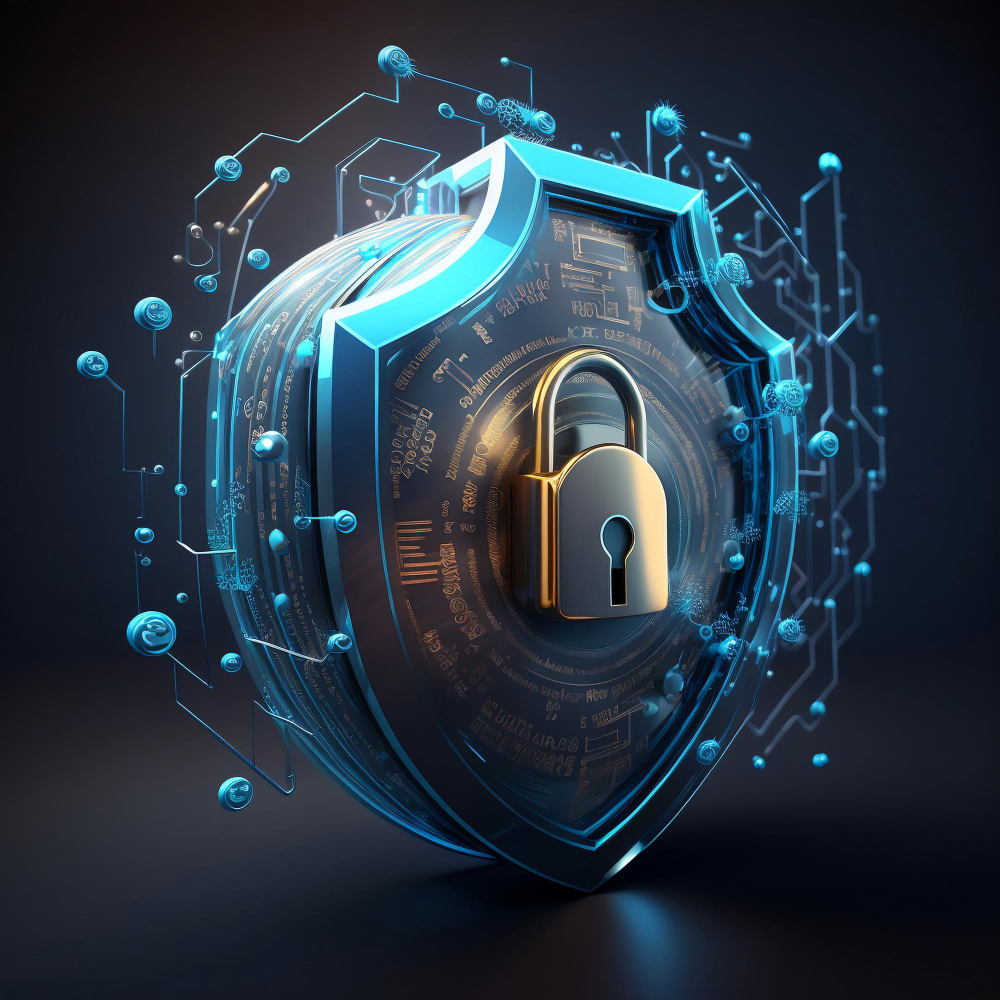The Future of Cybersecurity in 2025: A New Era of Protection, Risks, and Resilience

Cybersecurity is one of the fastest-evolving fields in technology. As businesses and governments embrace digital transformation, cyber threats are becoming more sophisticated, requiring innovative solutions to mitigate risks. From the rise of agentless security and quantum computing to the increasing role of cyber insurance and edge security, the landscape is shifting rapidly.
In 2025, organizations must be prepared to rethink their security strategies. Traditional methods will no longer be sufficient. Instead, companies will need to embrace automation, AI-driven security, and Zero Trust frameworks to safeguard their digital assets effectively.
In this article, we will explore key trends that will shape cybersecurity in 2025 and discuss how businesses can stay ahead of the curve.
For years, cybersecurity relied on endpoint detection and response (EDR) agents that ran on individual devices to monitor for threats. However, the 2024 CrowdStrike outage, which caused widespread disruptions, highlighted the limitations of agent-based security solutions.
Now, the industry is moving towards agentless security models such as eBPF (Extended Berkeley Packet Filter), which enables real-time kernel-level monitoring without requiring a traditional agent. This shift offers several advantages:
Greater system stability: eBPF has built-in verification mechanisms to prevent issues like system crashes.
Improved threat detection: Unlike agent-based models that can be tampered with, eBPF operates at the kernel level, making it harder for attackers to bypass security controls.
Scalability and flexibility: Many vendors, including Wiz and Lacework, are now leveraging agentless security to collect telemetry data and process it in the cloud for enhanced security visibility.
However, agentless security is not without challenges. Since analysis must still happen somewhere, security teams must ensure that external processing does not create unnecessary vulnerabilities or additional network traffic.
With the rapid expansion of 5G networks, IoT devices, and edge computing, the attack surface is growing at an unprecedented rate. As organizations move more workloads to the edge, ensuring security in these environments becomes a top priority.
Key trends in edge security for 2025 include:
Micro-segmentation and Zero Trust adoption: Organizations are shifting towards a more risk-based approach, prioritizing segmentation of critical assets instead of trying to lock down everything.
Machine-based identity management: As IoT devices become more common, securing machine identities is as crucial as securing human credentials.
Real-time AI-driven threat detection: AI-powered solutions are enabling predictive security at the edge, reducing response times and mitigating risks proactively.
In industries like automotive, where security rollout cycles can take four to five years, proactive measures such as firmware updates and encryption will be critical for securing connected vehicles and industrial IoT systems.
As cyber threats become more damaging and costly, cyber insurance is becoming a necessity rather than a luxury. However, insurers are raising their standards, making it harder for businesses to qualify for coverage.
Key trends in cyber insurance for 2025 include:
Stricter underwriting requirements: Insurers are moving from basic risk assessments to continuous security validation, requiring businesses to demonstrate ongoing compliance with security best practices.
Higher premiums for poor security posture: Companies that fail to implement strong multi-factor authentication (MFA), endpoint security, and incident response plans may face higher costs or denial of coverage.
The rise of penetration testing as a requirement: Some insurers are requiring third-party penetration testing to verify the effectiveness of security measures before issuing a policy.
While cyber insurance provides financial protection in case of a breach, organizations cannot rely on it as a substitute for strong security practices. Instead, they must view it as part of a comprehensive risk management strategy.
Quantum computing has long been a looming cybersecurity threat, but its impact is now moving closer to reality. While quantum computers are not yet widely available, nation-state actors and research institutions are investing heavily in developing quantum-resistant encryption algorithms.
Why does this matter?
Quantum computers can break current encryption: Traditional encryption methods, such as RSA and ECC, will become obsolete once quantum computing reaches critical capability.
Regulatory pressure is increasing: Governments worldwide are pushing for post-quantum cryptography (PQC) readiness. The National Institute of Standards and Technology (NIST) has already selected new quantum-resistant encryption standards.
Organizations must act now: Companies should begin identifying legacy encryption dependencies and updating security frameworks to include quantum-resistant algorithms.
Although AI has temporarily diverted funding from quantum research, the private sector must not fall behind. If businesses fail to act, nation-state actors may gain a cybersecurity advantage, putting sensitive data at risk.
With rising threats, talent shortages, and increasing regulatory pressure, organizations need a scalable, flexible approach to cybersecurity. This is where the Virtual Delivery Center (VDC) comes into play.
The VDC model enables businesses to access specialized cybersecurity expertise on demand, eliminating the need for large in-house teams while maintaining full control over security operations.
How Virtual Delivery Centers Transform Cybersecurity:
- Scalability: Rapidly scale up security operations during high-risk periods (e.g., post-breach incident response).
- AI-driven threat intelligence: Leverage automated security monitoring and real-time analytics to detect threats before they cause damage.
- Cost efficiency: Reduce overhead costs associated with maintaining a full-time, in-house cybersecurity team.
- Faster compliance and audits: Ensure ongoing compliance with regulatory frameworks like GDPR, CCPA, and NIST without burdening internal resources.
- 24/7 security coverage: Global teams ensure around-the-clock monitoring, reducing response times to cyber threats.
By integrating Virtual Delivery Centers into their security strategy, businesses can mitigate risks, optimize cybersecurity spending, and maintain a competitive edge in the digital economy.
As we move into 2025, cybersecurity will no longer be an afterthought—it will be a business imperative. Organizations must:
- Adopt agentless security models for more resilient and scalable protection.
- Strengthen edge security as 5G and IoT adoption accelerates.
- Prepare for quantum security threats before it’s too late.
- Invest in cyber insurance wisely, ensuring that security measures meet evolving requirements.
- Leverage Virtual Delivery Centers to stay ahead in the cybersecurity arms race.
The next wave of cybersecurity challenges is already here. The question is: Are businesses prepared to face them head-on?

By redesigning packaging, exploring reusable models, investing in smart tracking, and leveraging the VDC model for execution, beverage manufacturers can reduce their environmental footprint while boosting their brand relevance and operational resilience.

Even the most capable in-house IT teams often fall short when it comes to minimizing downtime. While Managed Services solve much of the downtime problem, the VDC model supercharges it with flexibility, scalability, and domain-specific expertise.